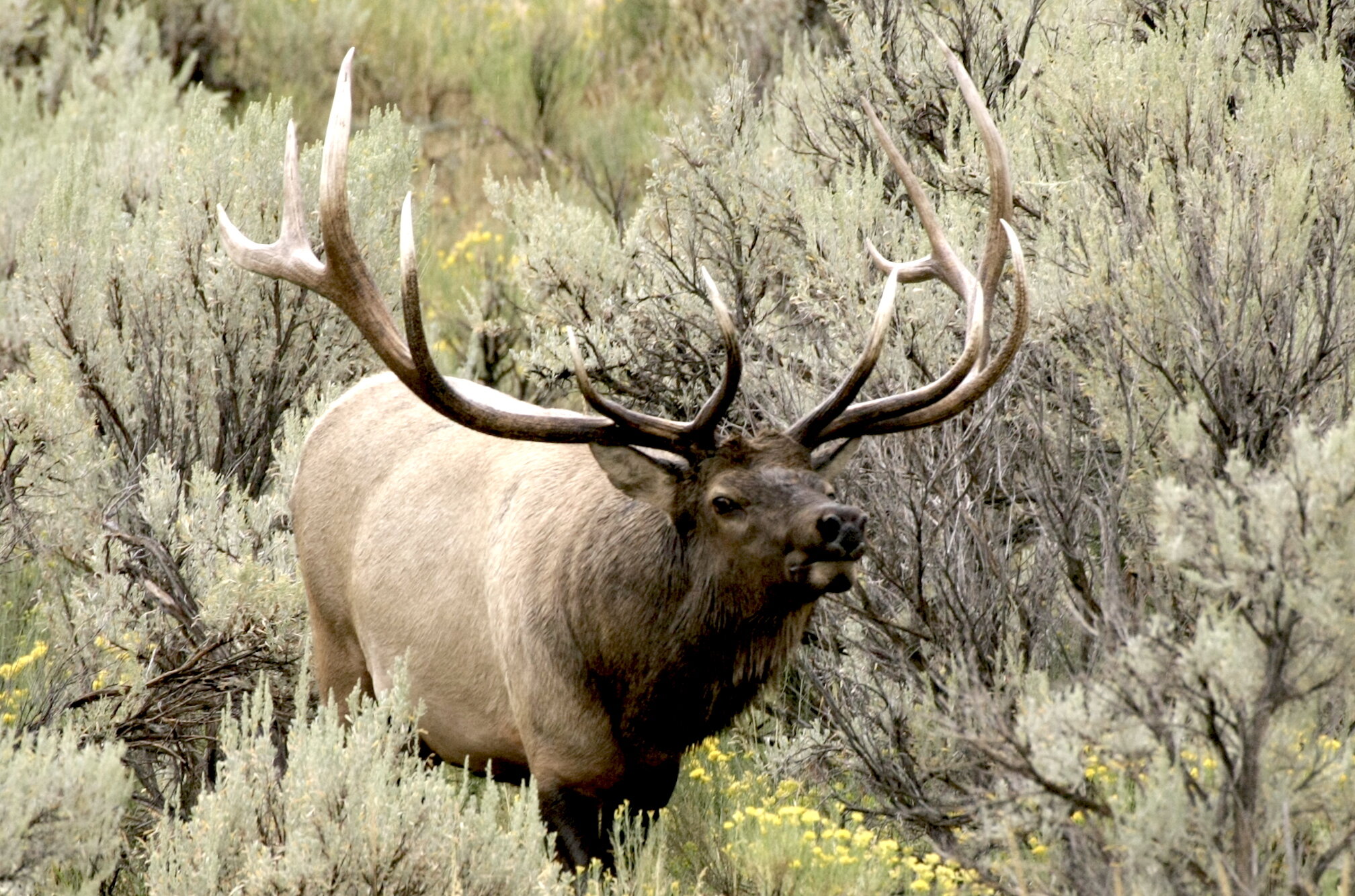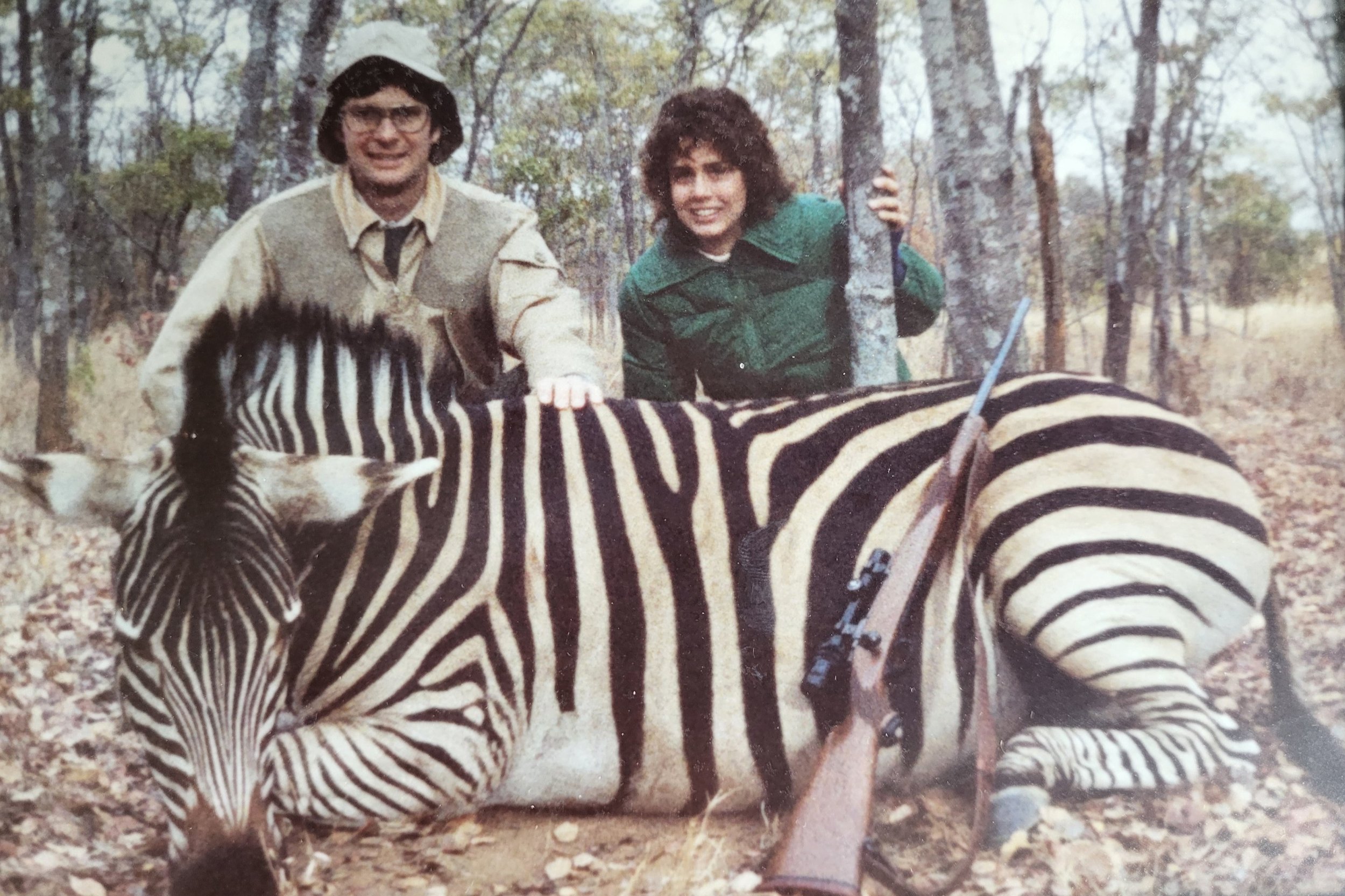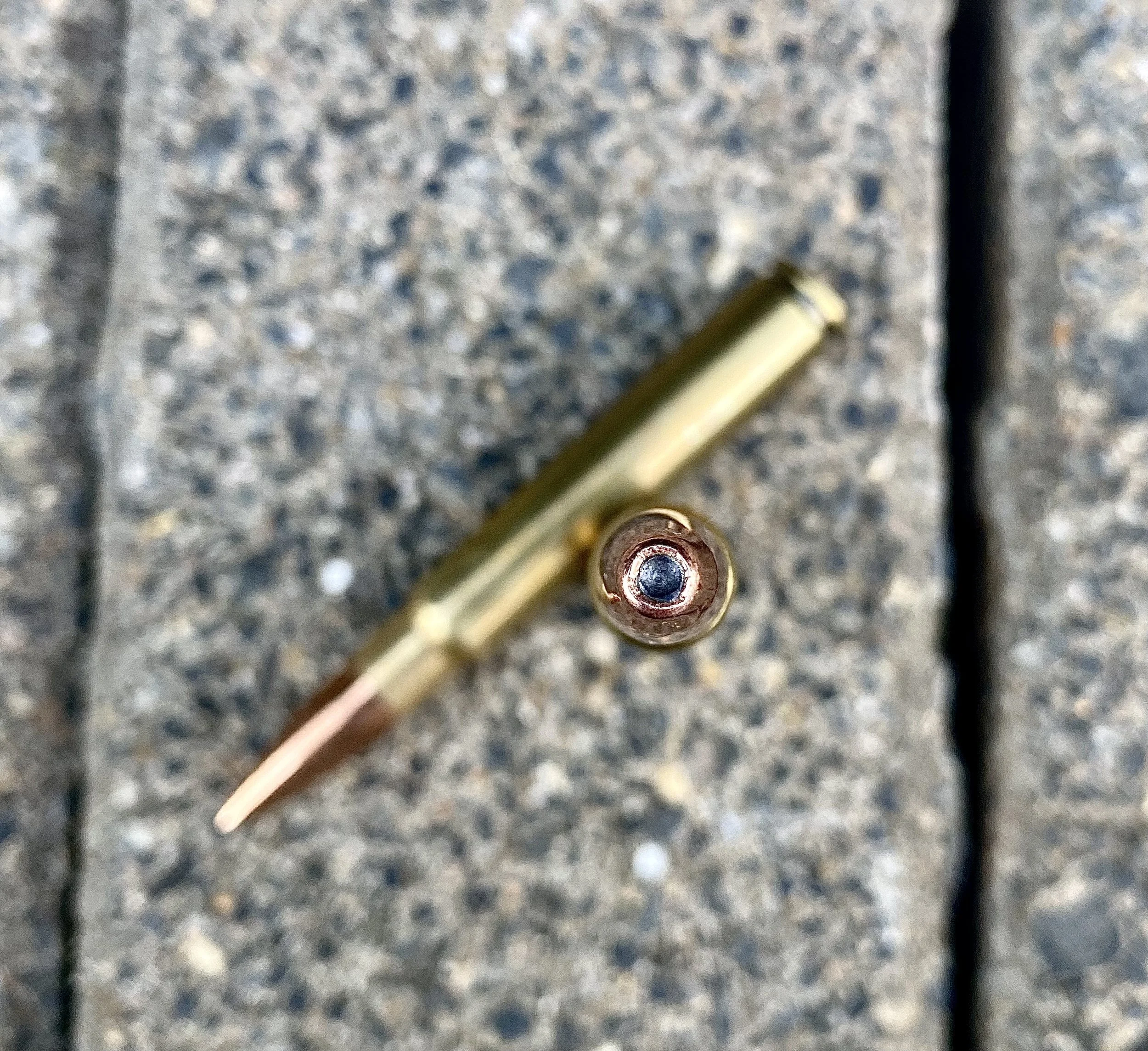Elk Rifle Performance: Good, Bad, Ugly
Bull Elk
Several hunters have asked me for details on how various rifles, cartridges and bullets have performed for me on big bull elk. This is the kind of first-hand experience all of us want to share. It helps us decide which gear WE want to use in similar pursuits.
I’m operating on memory here, so a few facts like range may be slightly off. These were hunts, not scientific experiments, but I'll do my best to give the straight scoop.
270 Wby Mag., Wby. Fibermark rifle, 150-grain Partition (I think,) 1985, ID: Worked my way inside a herd of cows, then bugled a 6x7 bull in to about 70 yards. He stood facing me, half his neck protruding from behind a pine trunk. I decided to engage that neck by aiming an inch or two off the edge of that tree. Offhand. I was young and confident. Or dumb. When hit, the bull merely spun and ran off the ridge top. I trailed, jumping him twice more in thick brush with no openings for a shot. Finally sneaked in for a finishing shot to the neck. The first bullet had missed the spine and, despite carrying about 3,000 foot-pounds energy, didn’t blow that elk over. Didn’t even shove its head back. This was my first lesson in the deficiencies of knockdown power.
That first bull, 1985, fell to a 270 Wby. Mag. Look at that brush in background. Thick!
2. 284 Winchester, Ultra Light Arms M20 (LOVE this rifle,) 140-gr. Nosler Partition, 1990, ID: Nobody’s going to be impressed with the macho potential of this obscure round — until you read what it did. The 284 Win. was way ahead of its time when released in 1963, our first short-fat cartridge with a rebated rim. Slightly more powerful than the 7mm-08 Rem., the 284 Win. drives my 140-grain handloads 2,850 fps. Rifle and bullet encountered their first elk, another 6x7 bull, 2 miles from my Idaho backdoor. The bull was following a cow down a steep hillside perhaps 150 yards in front of me. On impact, it collapsed and, legs kicking, spun in a circle a few times. High shoulder shot hit spine as well as upper lungs. (Spine shot: the secret to knockdown performance.)
My second ID bull fell from a spine hit. Dig those clothes. M20 Ultra Light Arms rifle in 284 Win. is a favorite to this day.
3. 280 Ackley Improved, Rifles, Inc. Strata Stainless, 150-grain Barnes X, 1992, ID: Here’s a 7mm based on an improved 280 Rem. case. I believe I had 59 or 60 grains of Alliant Reloader 22 pushing that Barnes 3,100 fps, give or take 50 fps. They were grouping well under MOA, too — from a 5-pound rifle! Even with the magazine stuffed, a nylon sling and 2.5-8X36mm Leupold VX-III aboard, the rig weighed less than 6 pounds. (I love that Strata Stainless.) The shot was easy. My guide and I followed a browsing herd over a ridge, cow called and brought a 6x6, bugling, within bow range. I don’t have a clear recollection of where I put that shot, but I believe it was in front of the left shoulder as the beast was quartering toward me, 40 yards away at most. He turned, stumbled down the slope a short distance and expired. Again, close to 3,000 f-p of kinetic energy applied to a 700-pound animal and no pushing, no shoving, no knockdown.
We called this guy back from a herd of cows. A Rifles, Inc. Strata Stainless tossed a 150-grain Barnes X to do the trick.
4. 7mm SAUM, Remington Model Seven, 150-grain CoreLokt (I’m guessing,) 2002, CO: I don’t remember a lot of details about this hunt for good reason. I hit and lost a bull. I do remember I was guided by a delightful gentleman in his early 70s who skipped about the mountains like a woodland nymph — probably because he was a ballroom dancer in the off season. Anyway, he dragged me high enough that we got above a herd and I shot at a bull far below, quartering away. I’m going to guess 250 to 300 yards on the shot, but those steep angles are always tough to judge and we didn’t have a laser. I pictured the slug angling forward into the lungs toward the offside shoulder. We both called the hit mid high and behind the ribs. Maybe too far behind. The bull flinched just a touch and dived into the timber with the rest of the herd. We trailed them for hours, finding just a few drops of blood, getting close enough to smell, hear and finally spook the herd twice. Knowing how cup-and-core bullets like the CoreLokt often flatten or ball up, I’m tempted to blame the bullet here, but without knowing how far back I hit, I can’t be sure. Could have been all my fault. I was a morose, unhappy camper for the remainder of that trip and every time I remember the incident, like now. Self flagellation is the best revenge.
The 5-pound Rifles, Inc. Strata Stainless with Leupold VX-III atop is an elk hunting machine.
5. 300 SAUM, Remington M Seven, 180-gr. Remington CoreLokt Ultra Bonded, MT: Uncertain details on this, too, because I borrowed the rifle literally a half hour before shooting the bull, which emerged from the forest up a mountainside much higher and steeper than the gun’s owner wished to climb in the misty rain an hour before sundown. The shot was up an avalanche chute at as steep an angle as I’ve ever fired at any game if you don't count geese. Distance was about 150 yards. The 6x6 bull did nothing after my first shot, so I figured I’d missed, which hardly seemed possible at that range. At my second shot he started walking, broadside. By this time I was questioning the zero on the rifle and my understanding of trajectories at steep shooting angles, so I aimed a bit lower for shot three, and on that one the bull seemed to twitch a bit. After shot four I was kicking myself for not bringing a pocket of spare rounds, but then the bull began to sway. Seconds later he hit the ground and began the most dramatic roll I’ve even seen an elk attempt. I literally had to dodge out of the way as boulders, antler tines and one high-velocity elk roared down that mountain. The beast finally stopped when one antler slammed into the broken stump of a Doug fir, which grabbed it like a vice. I skinned and gutted it right there. There were four .308 holes scattered across the chest. None had broken the shoulder. All had perforated the lungs. The lovely 6x6 antlers had been battered into a 3x6.
An avalanche-broken fir trunk trapped the elk when its broken antler beam slammed into it.
Yes, my rifles and I have seen some wild elk hunts. I’ll share more of these in my next blog, including more recent experiences with 7mm Rem. Mag, 300 Win. Mag. and 325 WSM. Perhaps my experiences can aid you -- or warn you -- in the selection of your next elk cartridge.
# # #

















